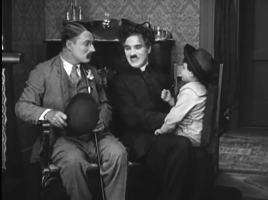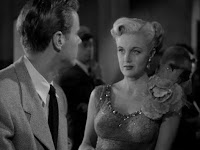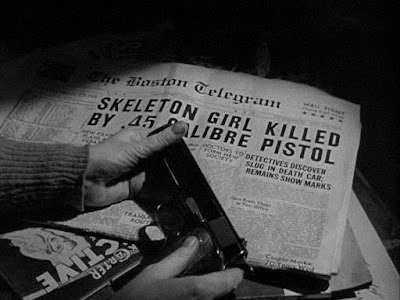It's that time of year again when TCM announces it's next free online class. We've had Film Noir, we've had Slapstick, we've had Hitchcock, and now we're getting Musicals! (still waiting for one on Screwball...)
Offered in collaboration with Ball State University and offered on the online platform Canvas, these classes give everyone a chance to major in MOVIE! And the great thing is it's free! And, you only have to spend as much time on it as you have available. The readings and lectures are easy to keep up with and the quizzes are just right - not to hard, not to easy. You can get as involved as you want: message boards, movies, and games all make for a fun learning experience. I know, I've taken them all :)
This years class is going to be a little different in that it is being taught by Vanessa Theme Ament instead of our beloved Richard Edwards. I'm sure she will do a fantastic job though :)
The class runs from June 3rd through July 1st and covers musicals from the 30s to the 70s. You do not need TCM for the course. Many musicals are readily available on dvd and at your local library!
Here is the course syllabus on the sign-up page:
WEEK 1: Introduction / Musicals of the 1920s & 1930s
- The beginnings of sound technology and the first film musicals in the 1920s and 1930s: The Great Ziegfeld, Top Hat, Broadway Melody, and other films
- Important musicals that set the standard for the decade: The Great Depression
- The transition from Broadway to Hollywood
- New stars in musicals, directors, editors, and other creatives that influenced the decade: Ernst Lubitsch, Fred Astaire and Ginger Rogers, and others
- Key song numbers that typify the movie musical in the 1930s
WEEK 2: Musicals of the 1940s
- The changing terrain of the 1940s movie musical surrounding WWII: Yankee Doodle Dandy, On the Town, Meet Me in St. Louis, and other films
- Performers who developed during the 1940s, choreographers who direct and musicians who produce: Busby Berkeley, Ester Williams, Red Skelton, Judy Garland and others
- Studios, stars, and stories for wartime America: the transition to nationalism
- Pre-recording, post-sound, and location scenes
- The emerging films of diversity: Cabin in the Sky, Showboat, and other films
WEEK 3: Musicals of the 1950s
- The high times of the 1950s and the Blacklist: The Bandwagon, An American in Paris, High Society, and other films
- The development of camera, sound, and exhibition
- Glamour and the expanded role of design
- The broadening of the composer, producer, and editor
- Key figures who expand their scope: Gene Kelly, Vincente Minnelli, Elvis Presley, and others
WEEK 4: Conclusion / Musicals of the 1960s and 1970s
- The disruption of the studios: independent film influences
- Turbulence in the country and cultural challenges: Tommy, Cabaret and other films
- Changing musical tastes, youth, and historical films: Funny Girl, 1776, My Fair Lady, and other films
- The British Invasion: The Beatles and A Hard Day’s Night
- Directors, stars, and producers who transitioned into the 1960s
Hope to see you all in "class"!! ;)
"The Trolley Song," Meet Me in St. Louis (1944).























